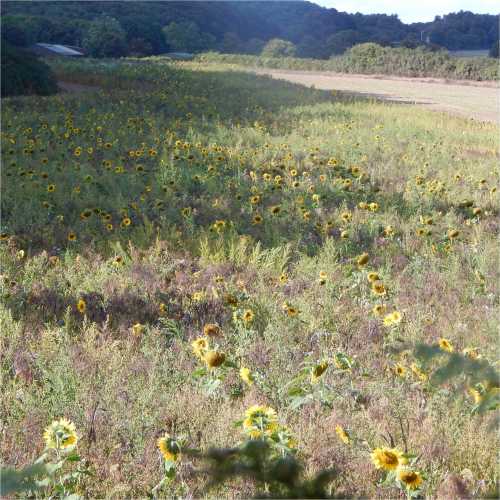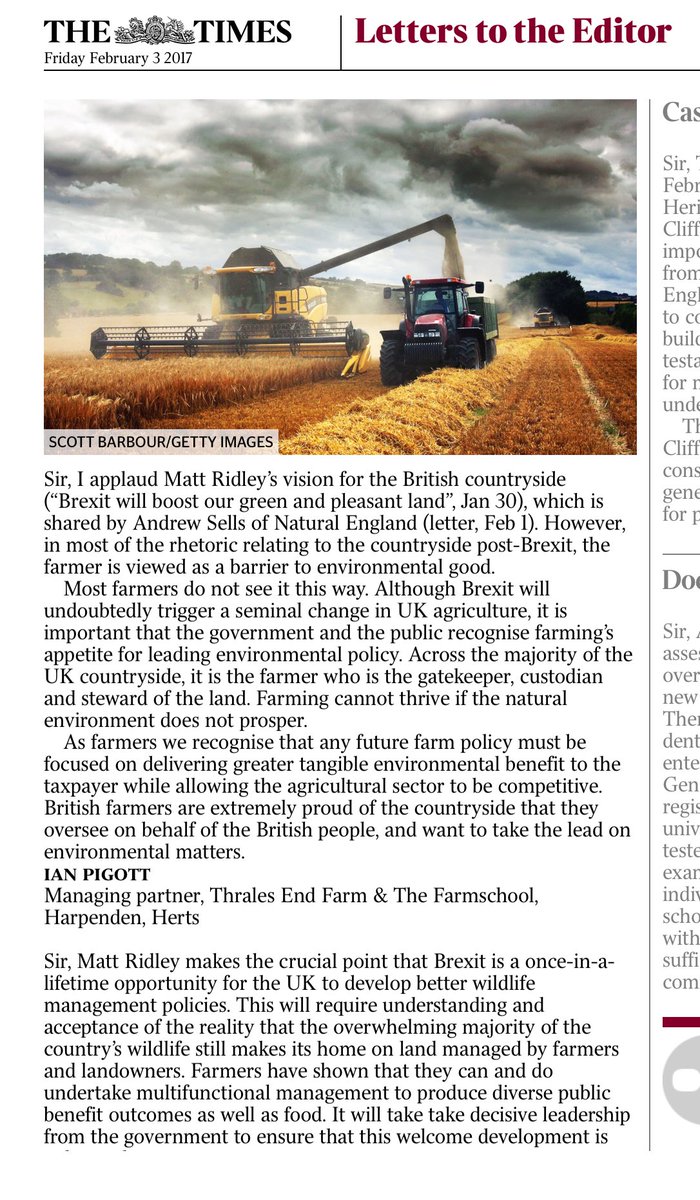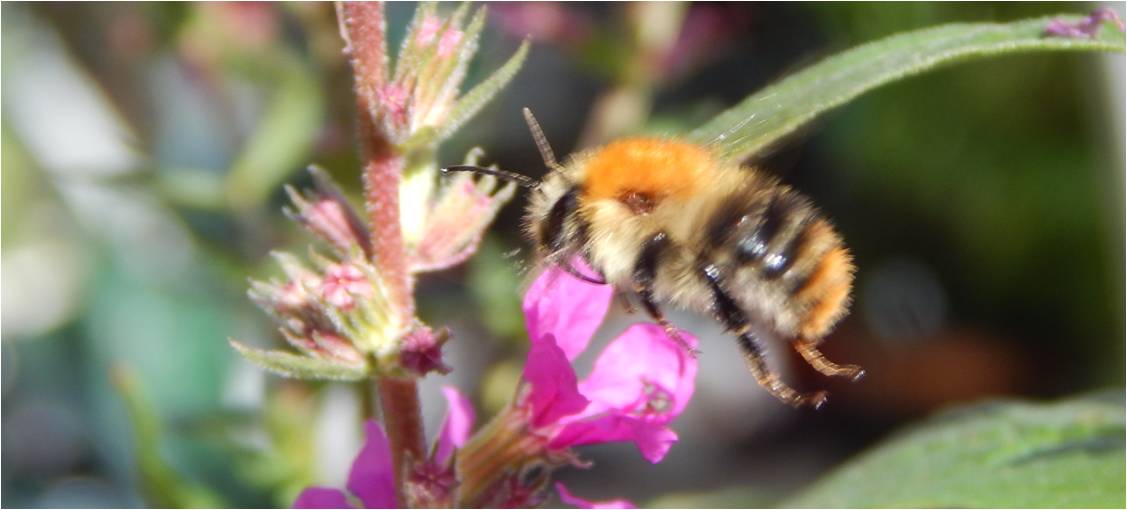Insecticides: Costly for farmers and harmful to pollinators
It really is time farmers and government departments received
independent information and advice about insecticides. They are, after all, very costly to farmers (not to mention the environment).
I also believe that increasingly, farmers are now realizing that the land is being degraded through excess chemical use. Surely it's time to support those who are seeking to manage the land in a more sustainable fashion.
In
tandem, consumers can help farmers and the environment by sending a signal to supermarkets that
they are willing to buy odd shaped fruit and veg, and will tolerate a
few blemishes on the apples etc. There have been some initiatives in
this direction, but we could go further.
Farmers have a very,
very hard task. I know what it takes to produce food - it's challenging
and labour intensive even on a third of an acre allotment! When supermarkets demand
perfect produce (because consumers are demanding it), then it makes the
job of a farmer much harder, and puts pressure on the land.
Feel free to email this page to your local political representative, and ask them to read it. There are many resources on this website if you need to back up any of the points mentioned.
In so many areas, change is long overdue...
1. There is a very large body of independent evidence from the IUCN, EFSA, and US EPA highlighting the dangers of pesticides - and especially neonicotinoids.
2. Many bee species and pollinators generally are in decline, and this worrying trend needs to be reversed.
3. According to The (UK) National Institute of Agricultural Botany, 50% of agronomists who advise farmers on ‘crop pest threat’ and insecticides, receive a financial incentive from the agrichemicals industry (1).
4. According to data from ADAS, between 1988 and 2006, many farmers treated crops for pollen beetle, despite the fact that spray thresholds were rarely exceeded!(2).
5.
Insecticides, which are so costly for farmers, don't necessarily help increase production. A
number of research papers query the effectiveness of agrichemicals.
For example, in October 2014, the US EPA reported from a study that 74% of farmers using neonicotinoid seed treatment and foliar insecticide sprays for soy beans saw no beneficial crop increase, or reported a decrease! 100% of farmers stated that despite using neonicotinoid treated seeds, their usage of sprays on the crops stayed the same or actually increased!(3)
6. The National Institute of Agricultural Botany state:
“Pesticides are a considerable cost for farmers. Approximately 35% of the variable cost for combinable crops will be pesticides totalling approximately £160/ha. In vegetables the cost will be considerably higher” (1)
Farmers are applying pesticides at great cost to themselves, and this cost must be passed on to the general public, as well as increasing environmental pollution.
7. Many farmers are willing to try and help wildlife and pollinators. Below is an image of a pollinator margin in a field in Norfolk, England. The photograph was taken in autumn, but from the leftover sunflowers, you can see this margin was very generous. It was actually huge.
This farmer is not alone, and there are other wonderful farmer- stewards of the countryside.

8. A number of high profile farmers have expressed their concerns regarding deteriorating soil quality due to chemical use, including for example "Agromenes" (Country Life magazine)(4), and David Jones in Farmer’s Weekly share real experiences of farmers facing escalating costs due to increasingly ineffective but very expensive chemical applications to the soil. In cases where farmers are being successful, they are using more traditional techniques of soil care: crop rotation, moving away from monoculture, and better rotation systems. For example, the Farmer’s Weekly Farmer of the Year 2015, (a Mr Hoveson from Holkham) notes how he has improved his oil seed rape crop considerably (even on poor soil) due to good rotation, and better planning. He states there is too much emphasis on chemicals and big machinery, and not enough on trying to understand the soil (5).
9. Consumers and supermarkets could be far more forgiving of odd shaped fruit and veg, and a few blemishes on produce, and this could be encouraged further by government and the media.
10. According to farmers, Brexit in the UK holds opportunities for farmers to adopt greater wildlife friendly practices:

Refs:
(1) National Institute of Agricultural Botany, evidence to the Environment Audit Committee: http://www.publications.parliament.uk/pa/cm201213/
cmselect/cmenvaud/668/668vw23.htm
(2) Re-evaluating Pollen Beetle Thresholds in Oil Seed
Rape, HGCA Project no 2001-3242, by Steve Ellis and Pete Berry:
http://www.oregin.info/stakeholders/meetings/
shf07-Nov2009/Ellis_ADAS_OREGIN_SHF7_Nov2009_
PollenBeetleThresholds.pdf
(3) Benefits Of Neonicotinoid Seed Treatments to Soybean Production,Oct
2014; by Clayton Myers PhD and Elizabeth Hill - http://www2.epa.gov/sites/production/files/2014-10/documents/
benefits_of_neonicotinoid_seed_treatments_to_soybean_production_2.
pdf#page=9&zoom=auto,-72,733
(4) See this link for a view of the article - opens in a new window).
(5) Farmer’s Weekly, Issue 1000; 24/4/2015; by David jones.
If you found this page helpful or interesting, I'd really be grateful if you would share it with others - if not this page, perhaps another, such as Gardening For Bees.
Thank you so much :) .
